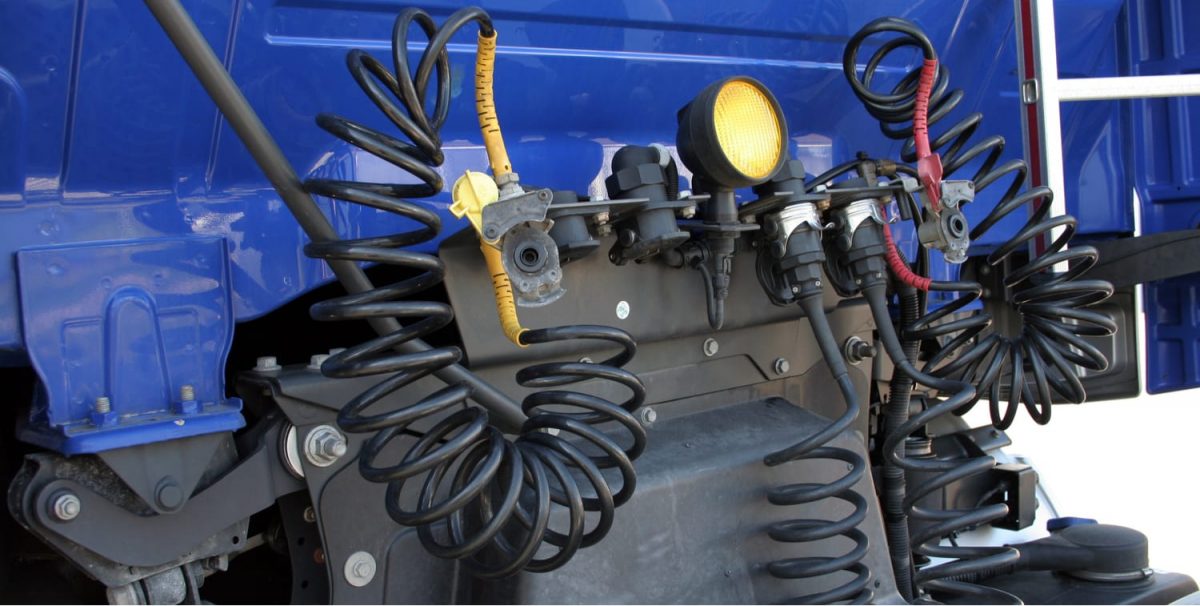Air brake systems use compressed air to apply pressure to the brake pads to stop a vehicle. By contrast, a hydraulic braking system uses brake fluid instead of air. An air system is considered a better option for large vehicles such as semi-trucks. In order to drive a vehicle with these brakes, you need to pass the air brakes portion of the written commercial driver’s license (CDL) test and you must take the skills test using a vehicle with an air brake system.
Air Brake Restrictions
In addition to the standard CDL, drivers can have endorsements or restrictions placed on their license. An endorsement allows a driver to operate specialized types of vehicles. For example, you can earn endorsements for long combination vehicles (LCVs), hazardous materials (hazmat), and tanker trucks. Restrictions, on the other hand, indicate that a CDL holder cannot operate a certain type of vehicle. There is no “air brake endorsement.” Instead, there are two different types of restrictions which are removed from your license if you meet the proper requirements.
The first type of restriction is a “Z” restriction. If this is on your license, you cannot operate a vehicle that uses air brakes, whether this is a full or partial system. You will have this restriction if you failed the air brakes portion of the written exam, failed the air brake inspection during your skills test, or took the skills test with a vehicle that did not have this system. The other type is an “L” restriction. This prevents you from driving vehicles with a full air system, although you can still operate vehicles with partial systems. This restriction will be placed on your license if you take the skills test with a vehicle that only has a partial air system.
What Appears on the Air Brake Test
The written test covers material from Section 5 of the CDL manual.
Topics include:
System Parts
There are many different parts of an air brake system and you will need to understand what these are and how they work. The CDL manual describes 16 different parts in detail. Some of these are the compressor, safety valve, and parking brake controls.
Dual Air Brake Systems
In most cases, commercial vehicles use a dual system. This includes two separate systems. One operates the front axle brakes while the other operates the rear axle brakes. Both systems use one set of controls.
Air Brake Inspection
To pass this portion of the CDL test, you must understand how to perform a pre-trip inspection for a vehicle with air brakes. This material appears on the written test and you must also perform all necessary steps during the skills test.
Using Air Brakes
The final subsection of this portion of the CDL manual discusses how to use air brakes in different situations. For example, you should know how to handle normal stops and emergency stops, as well as what the proper stopping distance is.
Earn Your CDL
At Phoenix Truck Driving School, you can earn your CDL and we cover material from the air brakes test so you will not have a restriction on your license.





